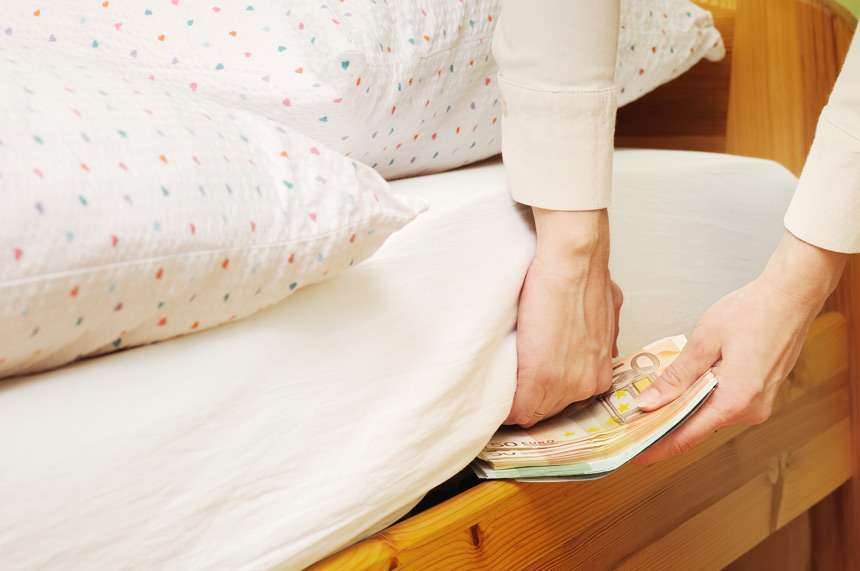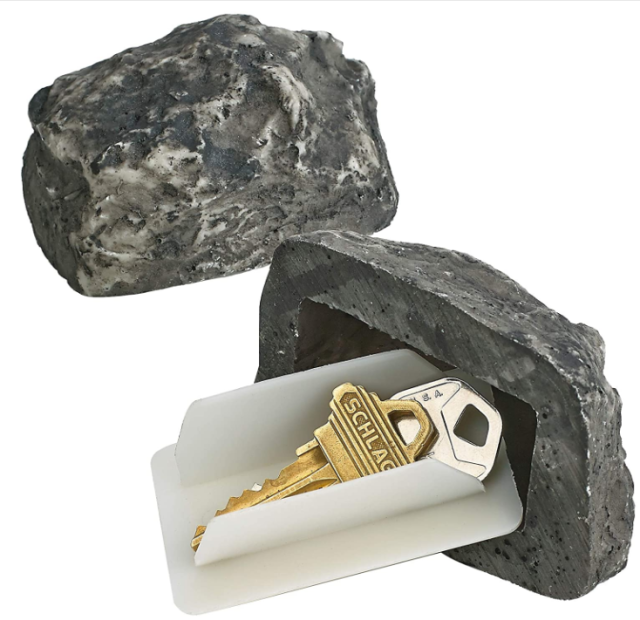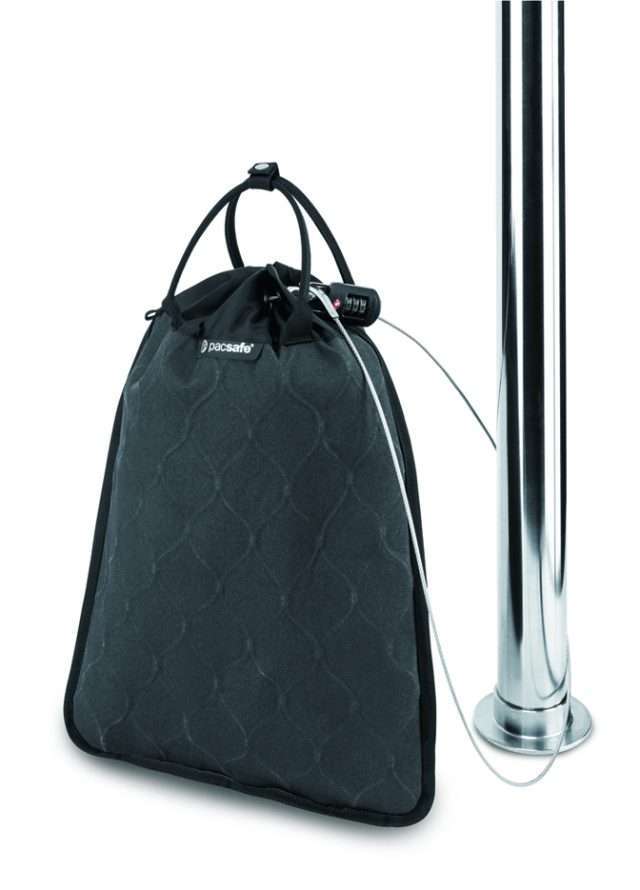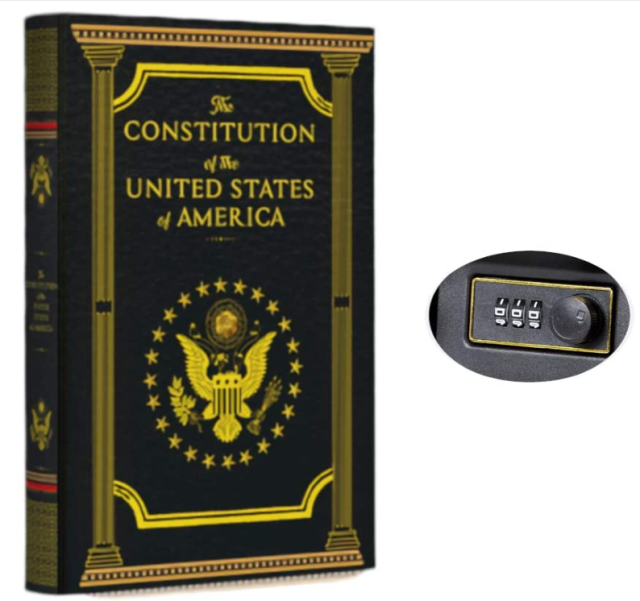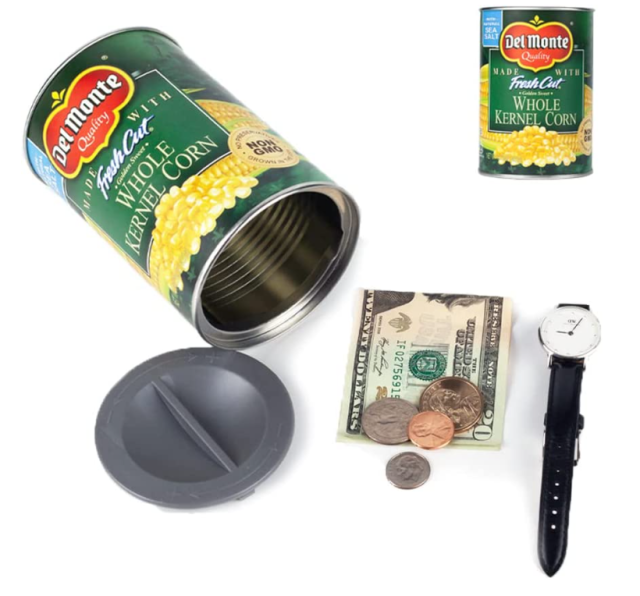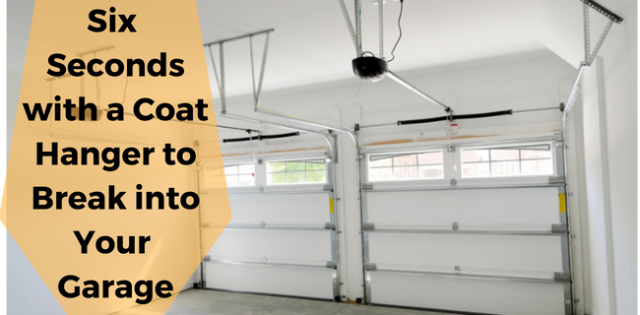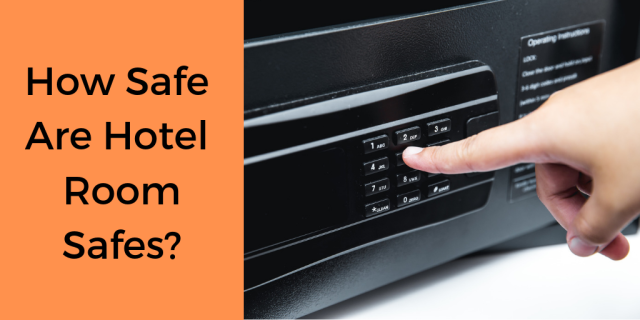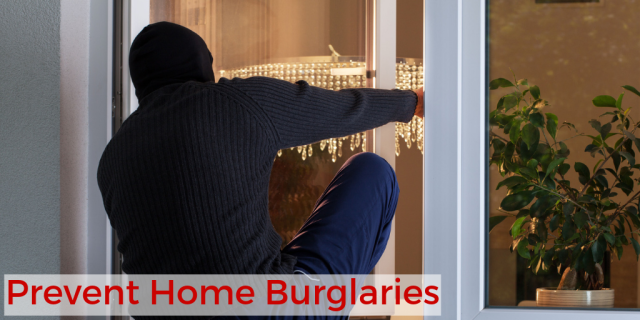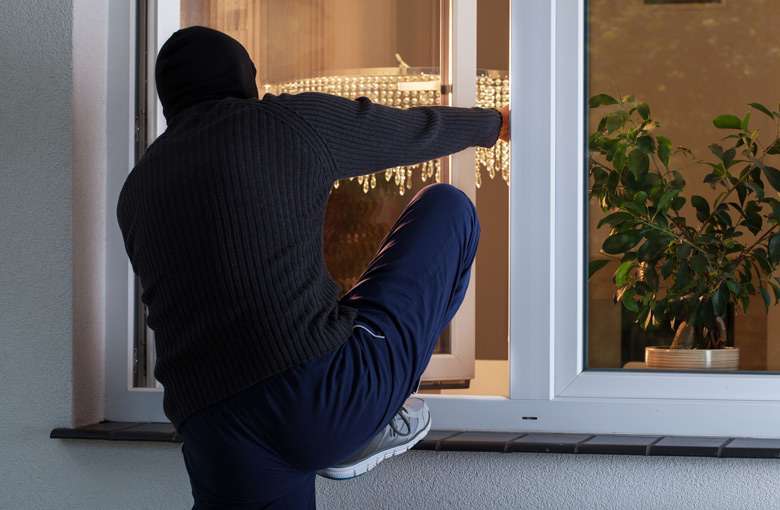You Won’t Find Me!
Where do you hide valuables at home? Have you ever given it thought about where is the best, and worst, places to hide small valuables at home? Not everything fits in a safe, and what if you don’t have one. All things considered, a safety deposit box in a bank vault is still the best place to keep jewelry and other valuables, but there are some places around your home that make terrific hiding places for important smaller items and cash.
Worst Locations at Home to Hide Small Valuables
There are some places where experienced thieves are sure to look, such as inside top drawers, underneath any drawer, and behind wall art in the den or bedroom. We suggest you take care to avoid these obvious, or rather popular, caches.
It’s a good idea to wrap items in plastic before stashing them. Most of our suggestions are for small objects that can be held in your hand or cash. Take time to look around your place for spaces where you can hide things unobtrusively. You want places that are easily overlooked and will not be disturbed accidentally by a house guest, cleaning person or anyone else who may enter your home like a pet sitter.
The following suggestions are less obvious places than the ones mentioned above, but remember that a determined thief with enough time will probably find what you have in your home. What you’re doing here is buying time, hoping that any burglar will be disturbed before getting to your good stuff.
Hide it Easily – Quick Hacks to Hide Valuables at Home
Look for easily accessible places, which are also easily overlooked by the casual observer. Some good examples of these places are:
- Bulk dry goods such as jars of rice and flour can hide small valuables and be kept out of the way on the back shelf.
- Aspirin or brown pill bottles inside the medicine cabinet can be a good bet.
- Packages of frozen vegetables can be thawed, and refrozen with items inside them.
- Tennis balls with a small slit in them will return to their original shape. Squeeze the ball to open and stuff, then place back in the container.
- Vacuum cleaner bags (clean ones) can hide an envelope of cash inside them.
- Stuffed animals can be cut open (gently, and not around young children) and used as unlikely containers. Cut along a seam, stuff and re-sew Teddy before returning him to his friends.
- Ceiling light fixtures can be unscrewed, and small valuables may be placed within the electrical box underneath.
- Composite “rocks” that are hollow are common for hiding keys and can be placed outside in the garden or a planter with other rocks.
- A portable safe that you tether down with a steel cable and lock is ideal for slightly larger items. It’s virtually cut-proof and you can tether it to a bed frame, plumbing under the sink or a similar difficult item to breach.
Last Minute Places to Hide Small Items and Money
Linen closets – inside folded towels
Place an envelope with cash between your bakeware
Inside your shower curtain rod
Inside a flashlight
Inside your Christmas decorations box
Inside plastic Easter eggs
Inside a DVD case
Inside a decorative pillow
Inside a pocket of a hiking backpack at the back of the closet
Inside your high school yearbook
Inside a board game
Inside a travel mug
Consider a low-cost diversion safe. Get a couple and one for a friend; they’re clever and make great gifts too.
Create a More Permanent Hiding Spot
These places require a bit more preparation to become effectively hidden containers.
Book safe: glue most of the pages of an old, uninteresting hardcover book together. Use a coping saw to cut a hollow area out of the middle. Drill starter holes for the saw. Then glue the box made with the pages to the back cover and let dry thoroughly. Stash on your bookshelf among other books or buy a “book safe” and place it among other books.
Steps and flooring have natural hollow spaces underneath. Carpentry skills are required to effectively create a seamless surface that escapes detection.
Hollow-core doors can have sections cut out of the hinge edge to give access to space within the door. Use the cutout piece as a plug.
The tops of poster beds unscrew. Hollow spaces can be drilled out in the posts themselves. Commercial wall and floor safes should be installed by a professional, and are effective at drastically slowing down the unprepared casual thief from accessing your valuables.
More Articles You May Like



